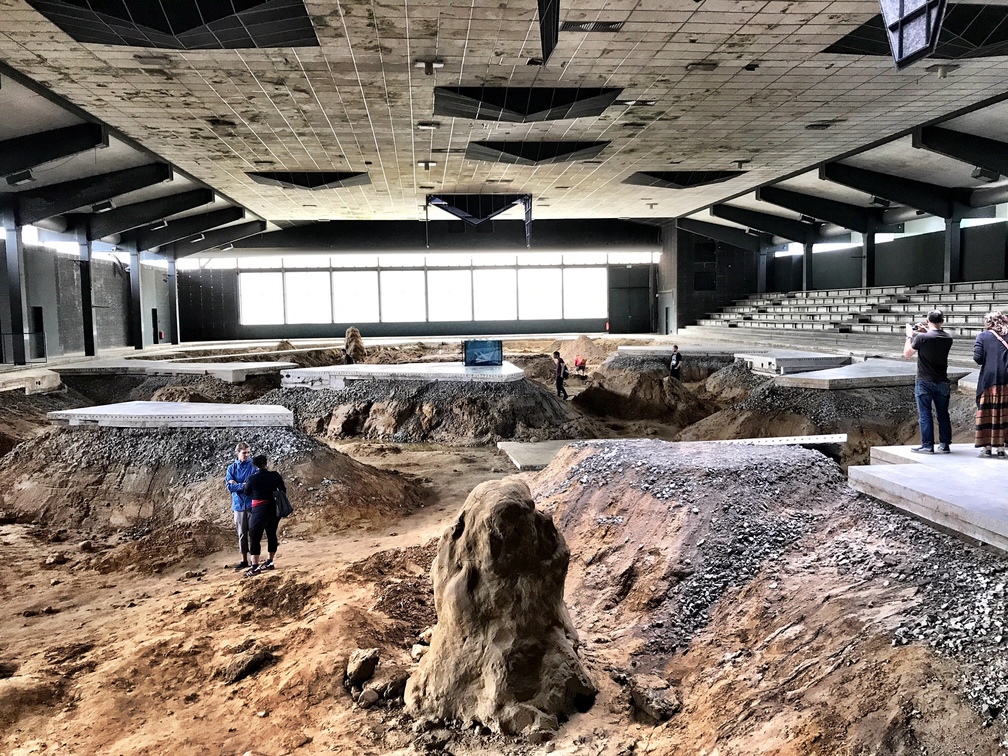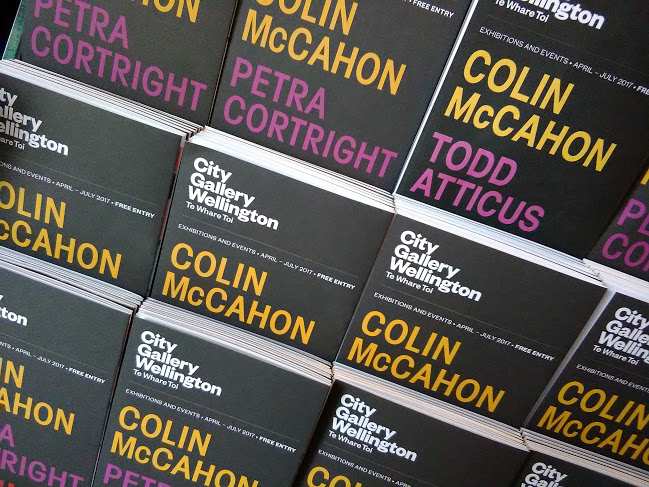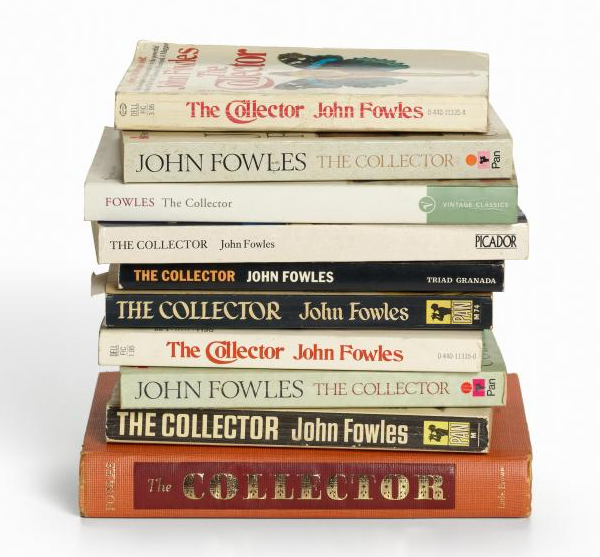.
Like many of my antipodean-curator colleagues, I’m away in Europe, on the biennale trail, looking for the next thing. So far, the standout work has been French artist Pierre Huyghe’s After ALife Ahead, in Sculpture Projects Munster—a show of new commissioned works that occurs throughout the city of Munster, once every ten years.
I’d heard Huyghe’s project was a ‘mind-blowing, living, breathing installation’, ‘a complex living organism’, and ‘a biosphere’, so expectations were high. It was a bit of a hike to get to there, followed by a two-hour wait in the queue, but it was worth it. When I entered, with a handful of others, I felt I’d been granted access to another world.
Huyghe had taken over the whole building—a huge, dilapidated, retired ice rink. He’d cut away areas of the concrete floor, revealing the cooling pipes that ran through it. He’d excavated the site, digging metres down—through strata, through time, into rock, then dirt—creating a landscape with clefts and mounds, an indoors outdoors.
After receiving the briefing—no climbing, no jumping—I descended into the site. Prompted to look for significance everywhere, I considered ponds spawning algae and two tall mounds, which turned out to be buzzing beehives. Grass sprouted on one bank. There was a triangular section of the concrete floor, incised with saw lines, cut adrift. But the chimera peacocks I was expecting were nowhere to be seen.
Overhead, in the ceiling, retro-futuristic pyramid-like shutters slowly opened and closed their petals, apparently responding to temperature and humidity levels in the room, letting in light, air, and, on other occasions, rain, and perhaps letting the odd bee escape. They looked more like spaceship hatches than ice-rink plant, an impression enhanced by an intermittent industrial-noise effect.
A minimalist box sat on an intact remnant of concrete floor. It was made of switchable glass. Sometimes, it was pitch black; other times clear, revealing that it was an aquarium. In it was a mini-diorama of triangular shards—echoing bits of the concrete slab—piled up like the ice in Caspar David Friedrich’s The Sea of Ice (1824). This set was home to a venomous sea snail, a conus textile. The pattern on its shell had been used as a score, to determine when the glass became clear, when the sound played, etc.
A machine on the perimeter of the site, I learnt, was an incubator, containing human cancer cells—HeLa cells. There was also an app, where visitors could see augmented-reality pyramids on the ceiling proliferate (as cancer cells split) and disappear (when the ceiling opened).
That everything was connected was clear, how everything was connected remained unclear. One writer summed it up as: ‘Heterogeneous dynamic systems—organisations, biotic and abiotic, real and symbolic, material and immaterial—are shifting configuration in real time in an uncertain symbiosis.’
Epic and disorienting, Huyghe’s work scrambled time, sci-fi style. I had a sense of being, at once, in the past (in a primordial landscape), in the present (in an excavation site), and in the future (in some imagined hereafter, when the ruined rink would be colonised by new life). Might I be in all three times at once? My temporal confusion seemed to be confirmed by the title.
I was not clear about my own place in the scenario: was I (as opposed to the sea snail) the addressee of this artwork, or just another temporary participant within it? What did it mean to approach this thing—which the artist had left to its own devices to evolve—as ‘art’?
I felt echoes of those maverick American minimalists Robert Smithson and Michael Heizer, who were less modernists than adepts of deep history. However, for me, the reference points were more cinematic. The work was like a film set; I approached it through memories of films. First, I imagined I was a member of the search party in Alien (1979), descending into an ominous landscape, wondering if I might be impregnated by something in one of those mounds. Then, regarding the inky black aquarium, I remembered Kubrick’s 2001: A Space Odyssey (1968), when they first encounter the black monolith, excavated from where-and-when it shouldn’t be. Finally, I recalled Stalker (1979), where Tarkovsky, with his zero special effects, makes the field his protagonists walk through seem ripe with paranormal possibility—uncanny.
After ALife Ahead was a crazy mixed metaphor. It’s not the first time Huyghe has weirded me out, and I hope it won’t be the last. He gives pretension a good name.


